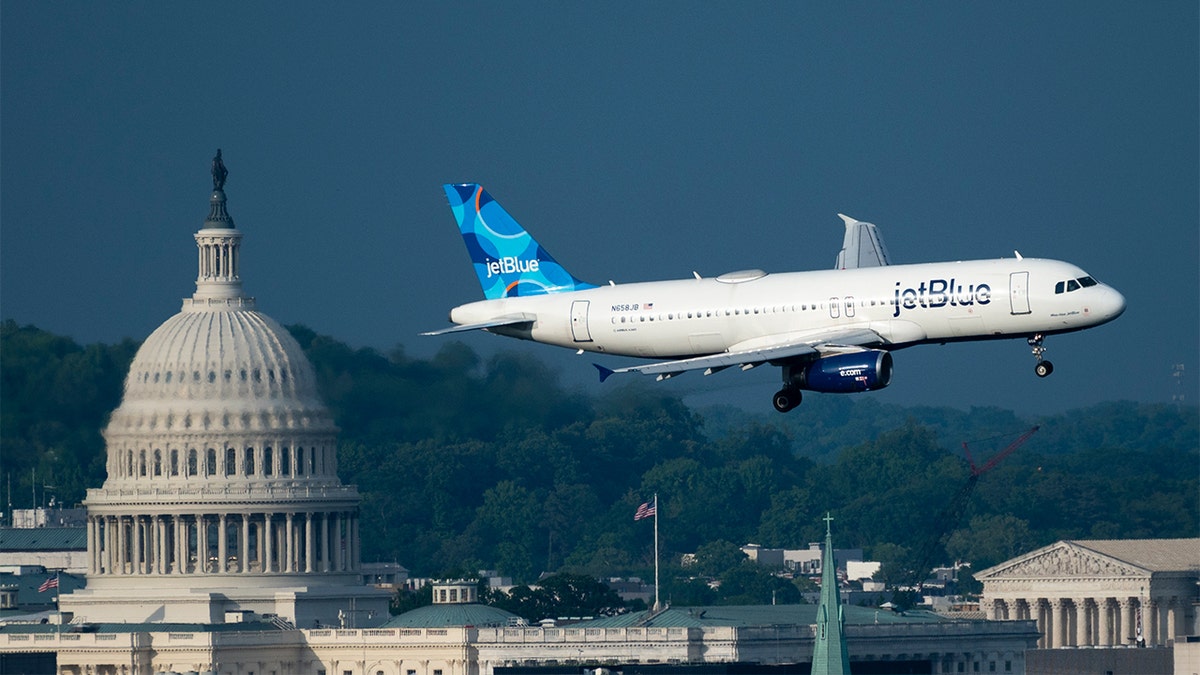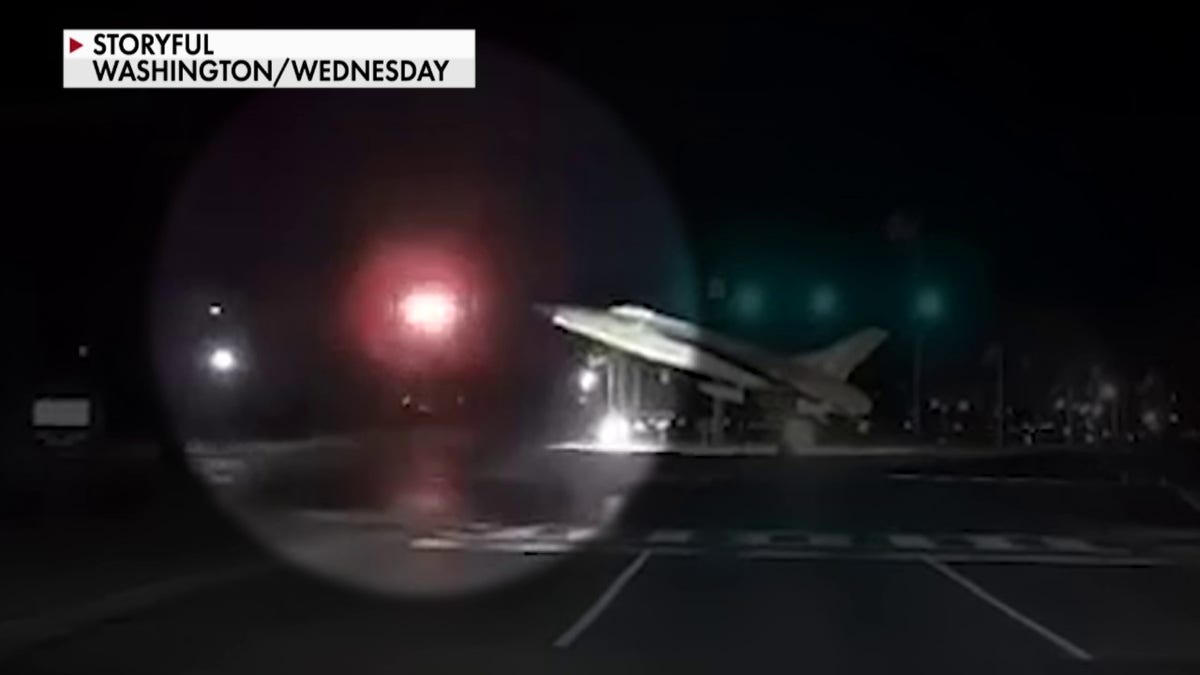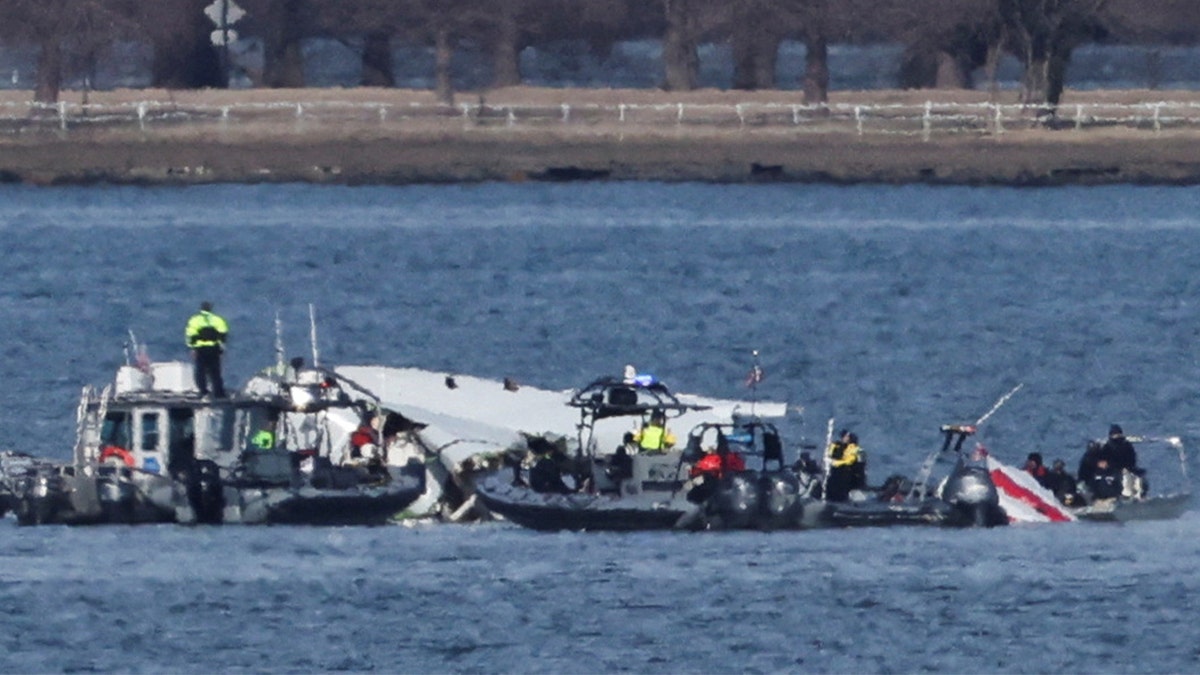Ronald Reagan Washington National Airport (DCA) has long been a source of concern for frequent flyers, including members of Congress. Its proximity to the nation's capital, combined with its unique layout and high traffic volume, has raised questions about safety and airspace management for years.
Several senators have expressed their anxieties about the airport's congestion. Senator Tim Kaine (D-VA) has openly admitted his nervousness about the situation, while Senator Tim Sheehy (R-MT), a former firefighting pilot, points to the high volume of air traffic as a contributing factor to past incidents. Senator Mark Kelly (D-AZ), a former Navy combat pilot and astronaut, highlights the complex airspace around DCA, with its numerous military installations and the restricted airspace over the Pentagon. Senator Kevin Cramer (R-ND) has also voiced concerns about the airport's capacity, noting the continuous expansion of the terminal and gates against the backdrop of limited runway space.

DCA's complex layout adds another layer of complexity. Pilots must navigate a narrow corridor over the Potomac River, avoiding the Pentagon's airspace, while also managing the heavily restricted airspace over Washington, D.C. The airport is also known for its unusually short runways, which are significantly shorter than the standard length for commercial runways. This, combined with the intersecting layout of its three runways, creates a challenging environment for pilots.

The airport's high traffic volume further exacerbates these challenges. Designed for 14 million passengers annually, DCA handled 25 million in 2023, with approximately 800 takeoffs and landings daily. This heavy usage puts a significant strain on the airport's infrastructure and air traffic control.

Despite discussions about closing DCA after the opening of Dulles International Airport and the 9/11 attacks, the airport remained open, largely due to the influence of members of Congress who rely on its proximity to the Capitol. While increased security measures were implemented after 9/11, many were later relaxed. The debate over expanding the number of flights allowed at DCA continues, with local senators often opposing such increases due to concerns about noise and safety.

The future of DCA remains intertwined with the needs of the nation's capital. Its convenient location makes it a vital hub for government officials and lobbyists, ensuring its continued operation despite ongoing safety concerns and airspace complexities.
Comments(0)
Top Comments